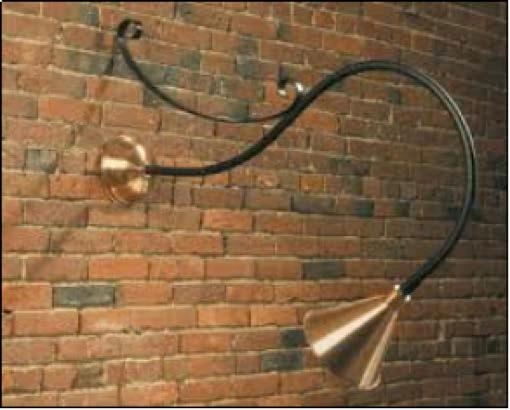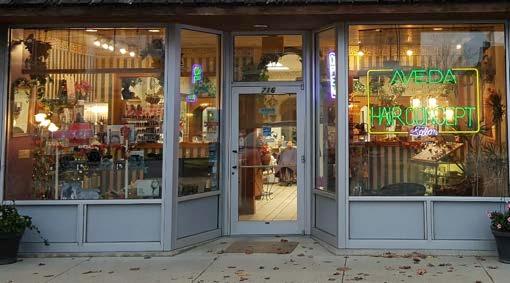
1 minute read
DESIGN GUIDELINES
by REA site
Not Recommended
• Contemporary fixtures that detract from the original character of the building.
Advertisement
• Light fixtures that are inappropriately scaled for the building.
• Fixtures that are from a different period or replicate another period of construction.

Awnings
Awnings serve primarily to protect the large expansive storefront as well as patrons from high levels of sun exposure and rain, and secondarily to provide an opportunity for business identification. Originally made of canvas material on a metal frame, awnings were generally operable, giving the shopkeeper the ability to regulate the levels of light penetrating the interior. The hand cranked mechanism also allowed the awnings to be retracted in high winds or when the business was not open. During the twentieth century awning materials changed to metal and wood. These permanently affixed awning/canopies often obscured transom glass and other architectural details. Rarely did the installation of the later canopy respect the original storefront configuration or historic architectural features. Awnings add character, color and weather protection to a building and make for a more enjoyable experience for pedestrians and passersby.




